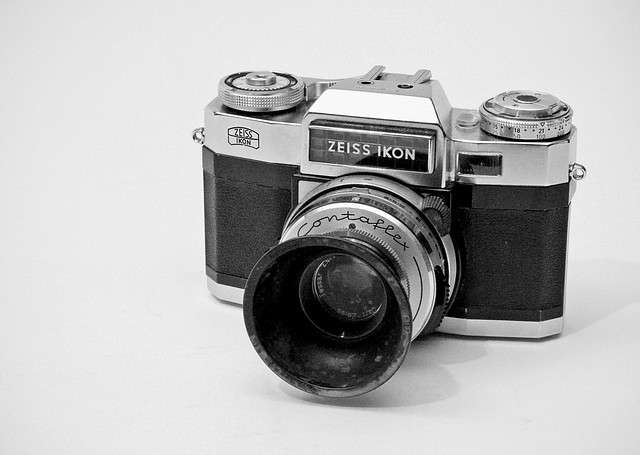

Choosing the right color palette for your brand can be vita l to your success. Image Source: Flickr user peace6x
Color is all around us. It is part of virtually everything we see, informing our experiences day in and day out in. And on January 20, 2017, the politicians in Washington D.C. wanted to inform your experience of them. Trump in his red tie, Obama with his in blue, Hillary, Ivanka, and Tiffany in white, Michelle in crimson, and, of course, Melania in her sky blue. These colors weren’t accidents, but deliberate choices driven in part by the desire to shape public perception using color psychology.
“Colors and brands are very important [for all politicians],” says Dr. Dong Shen, professor of Fashion Merchandising and Design at California State University.1 Shen explains that the inaugural color choices, particularly for the women, were designed to tap into our shared sense of meaning, one that goes beyond red for Republican, blue for Democrat. Melania’s blue, she believes, symbolizes loyalty and trust, while Michelle’s red reflects fire, passion, and sensitivity, although her choice of a more subdued crimson shade signals that she is no longer center stage. Purity was the message sent by Ivanka and Tiffany’s whites while Hillary’s was one of healing. Through their respective shades, these women invited us to see them in particular ways, introducing (or re-introducing) us to their “brands” and sending us messages about their values and identities.
Clothing, however, can be changed. If you make a misstep you can just try something new next time. Choosing the right color to introduce a product brand is a far more complex operation, which is why companies go to great lengths to select appropriate color palettes for their brands. “Color is one of the biggest factors that marketers and designers take into account,” says Rose Leadem of Entrepreneur. 2 Color allows you to speak for your product without saying a word, offering a way of instantly “conveying meaning and message” to connect to consumers on a deeply visceral level.3 And deploying color psychology is no easy task; as Leadem explains, “Perception of color can change based on a person’s age, gender, personality, income, and other factors, which means marketers must understand who their target audience is and how they wish the brand to be perceived.” This often means countless hours of research, design work, and testing in order to come up with the right shades.
But choosing the perfect color palette for your brand is only the first step. The colors chosen must be reproduced exactly again and again in order to create a cohesive brand identity and fortify that identity through repeated exposure to consumers. Spectrophotometric color measurement is a vital part of that process, ensuring perfect color matching regardless of the material with which you are working.


